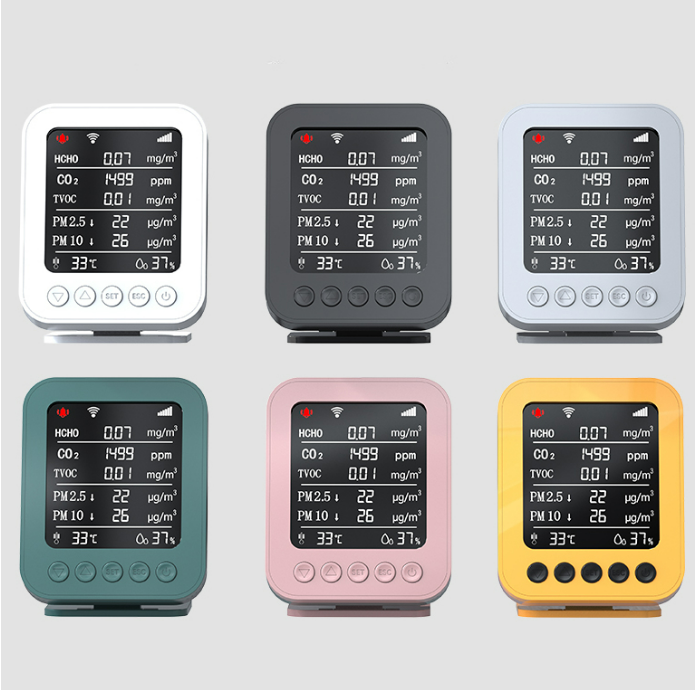LoRa is a wireless modulation technique derived from Chirp Spread Spectrum (CSS) technology. It encodes information on radio waves using chirp pulses – similar to the way dolphins and bats communicate! LoRa modulated transmission is robust against disturbances and can be received across great distances.
Don’t be alarmed about the complex terms; LoRa modulation and Chirp Spread Spectrum technology are simple to understand in practice. In case you are curious, in this video, Richard Wenner explains how Chirp Spread Spectrum technology works:
LoRa is ideal for applications that transmit small chunks of data with low bit rates. Data can be transmitted at a longer range compared to technologies like WiFi, Bluetooth or ZigBee. These features make LoRa well suited for sensors and actuators that operate in low power mode.
LoRa can be operated on the license free sub-gigahertz bands, for example, 915 MHz, 868 MHz, and 433 MHz. It also can be operated on 2.4 GHz to achieve higher data rates compared to sub-gigahertz bands, at the cost of range. These frequencies fall into ISM bands that are reserved internationally for industrial, scientific, and medical purposes.



LoRa-Embedded Indoor Air Quality Monitor
There are mainly two options regarding where to install air quality monitors: in a room close to the occupants or in the ventilation system to detect the CO2 level on outflowing air. How you choose to place your air quality monitor depends on the nature of the space.
Let’s use a hotel as an example. In the restaurant or a lobby, an air quality monitor on a wall would most probably misread the other side of a room, so a air quality sensor in the outgoing air might make more sense. In a small conference room or a regular hotel room, a sensor on the wall is sufficient.
There is also a difference between CO2 and temperature sensing and control. The temperature is quite even throughout a room. CO2 levels, on the other hand, can vary from 3,000 ppm on one end of the room to 600 ppm on the other.
When installing sensor-controlled ventilation, there are a variety of strategies and algorithms to choose from. Depending on who you are (an OEM developer, a system developer, a distributer), we need to discuss what strategies you want to apply.
An air quality monitor will deliver a signal strength depending on CO2 variables. The frequency of measurements depends on your needs and energy savings.
